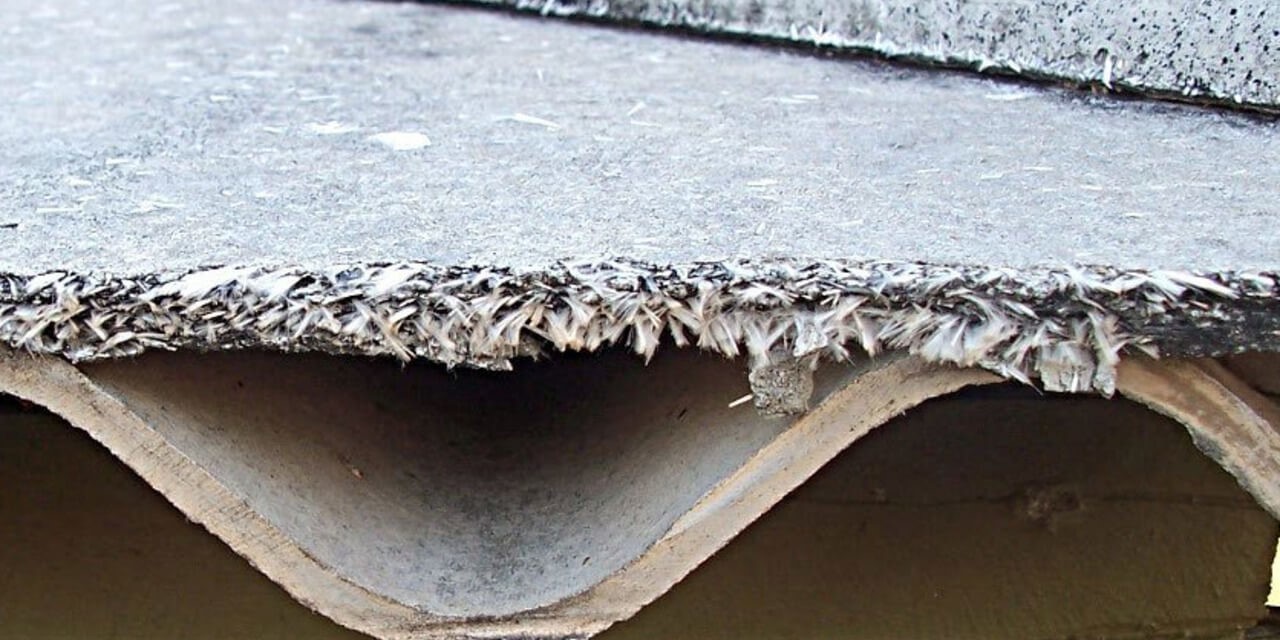
Asbestos occurs naturally and was used expansively in construction and a multitude of other industries until the substance was banned in 1999 in the UK. Most people are well aware now of the risks of asbestos but still there remains a lot of misinformation and myth that can cause confusion.
Here are some of the most commonly untruths about asbestos:
Some types of asbestos are safe
There are several types of asbestos, each variety with slightly different properties. However, it is also true that all forms of asbestos are prohibited from use in the UK. White asbestos was not banned in the UK until 1999. Some varieties such as the brown asbestos are considered more dangerous, but all forms are carcinogenic.
Modern buildings cannot contain asbestos
Many people believe that asbestos has been banned for much longer than it has been. In fact, asbestos was commonly used until 1999. This means that if your property was built before 1999 it may contain asbestos somewhere.

Asbestos must be removed as soon as possible
It is a commonly held view that on discovery of asbestos, it should be removed from the building as fast possible. To assume this would be incorrect, however. In fact, if asbestos is in good condition then it may not pose a risk to health. Whenever asbestos is suspected, the best thing to do is contact a specialist and arrange for an asbestos survey to be carried out. For Asbestos Removal Essex, visit a site like Sperion, a leading Asbestos Removal Essex company.
Diseases caused by asbestos are contagious.
If materials that contain asbestos are broken or damaged, they give off tiny microscopic fibres into the atmosphere. People nearby could breathe in the particles deep into their lungs, possibly leading to asbestosis, developing mesothelioma or another asbestos-related disease.
Fortunately, the disease itself is not contagious. The myth that the diseases are transmitted appeared when the family members of construction workers began to fall ill with the same condition. However, the reason for this is most likely due to the construction workers, or anyone who has worked around asbestos, bringing microfibres into the home on their work clothes.

Asbestos only affects industrial and construction workers.
Speaking of construction workers, there is another belief that only those who work around asbestos are vulnerable to it. This, again, is not true. The primary reason why industrial and construction staff are more linked to asbestos is because they spend much more time working near it, increasing their chances of being affected by it.
However, asbestos can affect anyone, anywhere. If you breathe air containing microscopic fibres, you could also be impacted – regardless of whether you work in construction or not.
